Gear Review: Canon 1DX Mark II
Hi friends! I'm back with my next camera review. I had promised more gear reviews and I've already managed to get my hands on one of my dream cameras - the Canon 1DX Mark II. Big thanks to my friends over at @canonaustralia who were kind enough to send me one to play with and review on my blog.
24-70mm f/4.0 . ISO100 . 1/50s . f/8.0
Down the coast, into the mountains, back to the city
The 1DX arrived at just the right time as I had two commercial shoots lined up which would see me travel down the coast, into the mountains and back into the city over a two week period. What better way to test the ultimate professional workhorse of a DSLR than on two actual commercial shoots?!
In those two weeks I got to test it in a variety of use cases: from coastal astrophotography, to mountain hikes as well as a night themed urban shoot for an apparel brand.
The Canon 1DX Mark II is by and large the most advanced & expensive camera I've ever used - so did it live up to the hype?!
The Specs
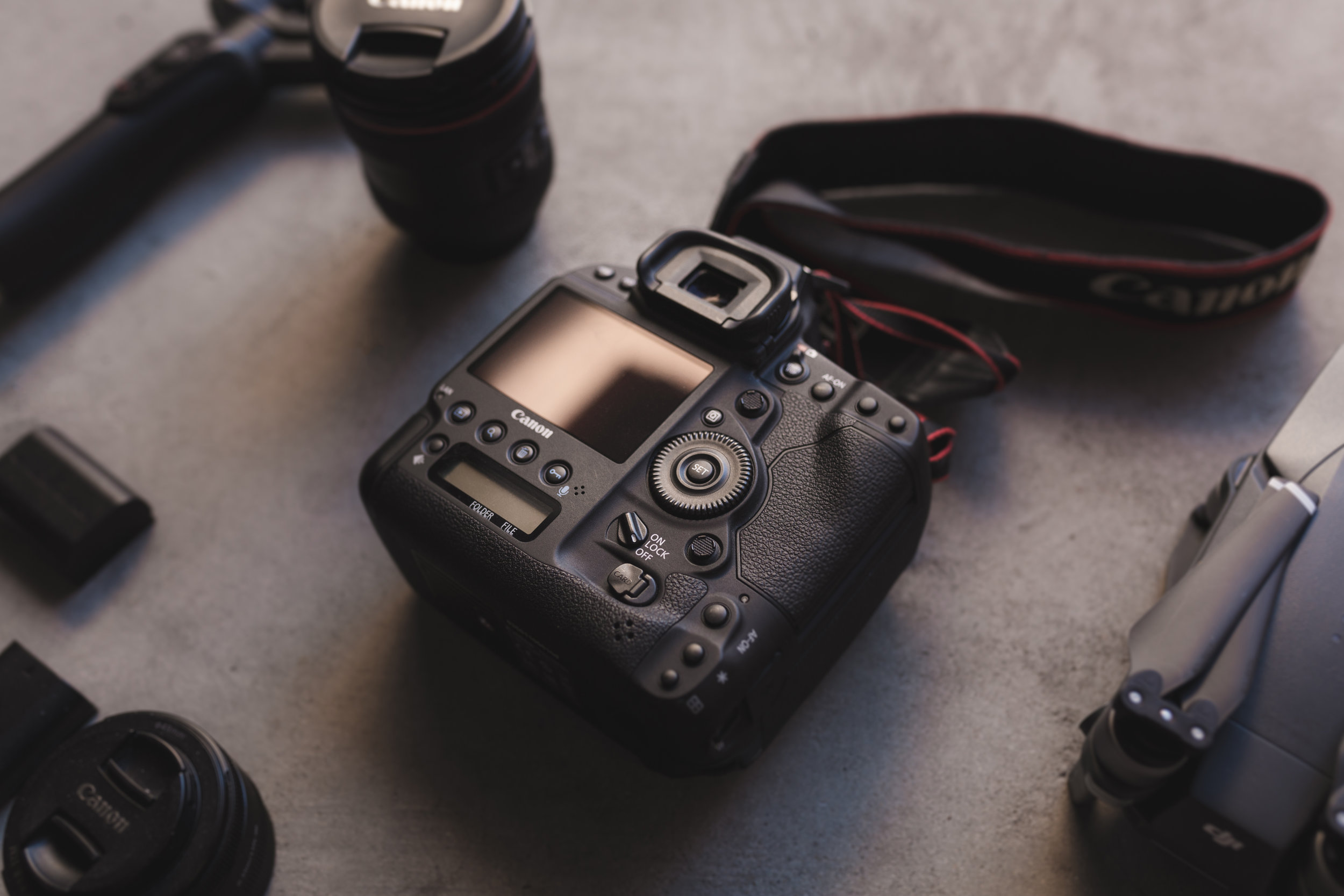

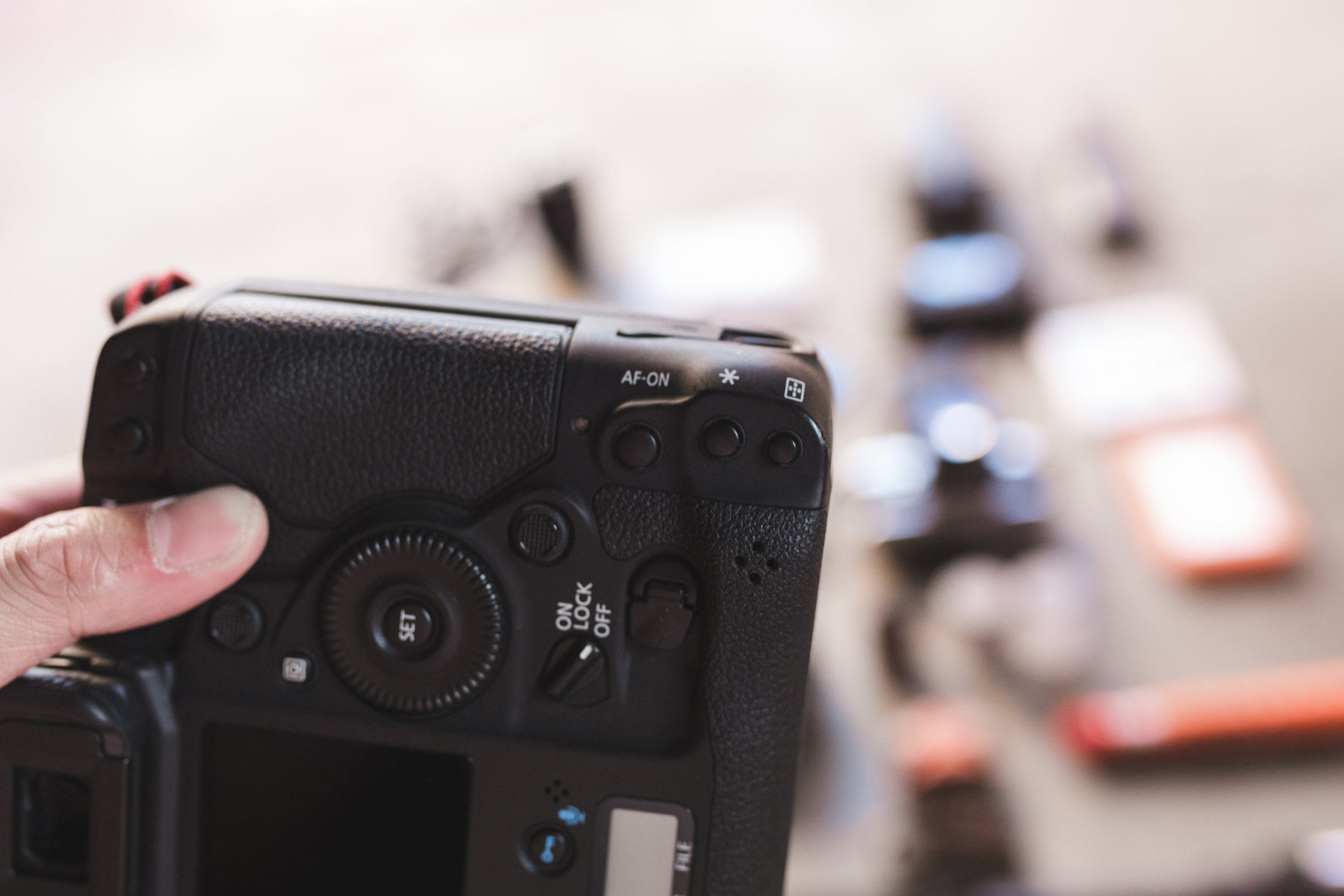
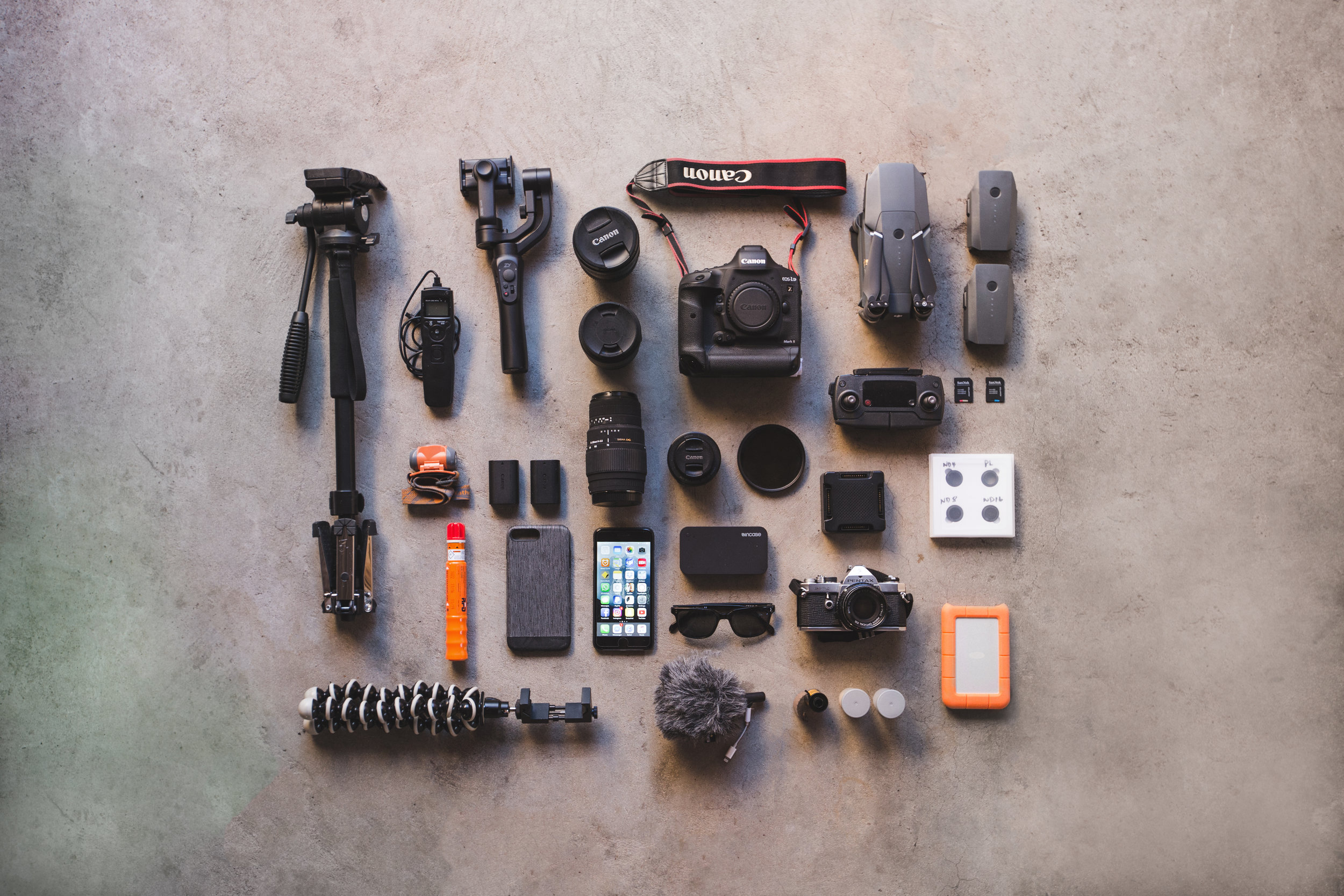
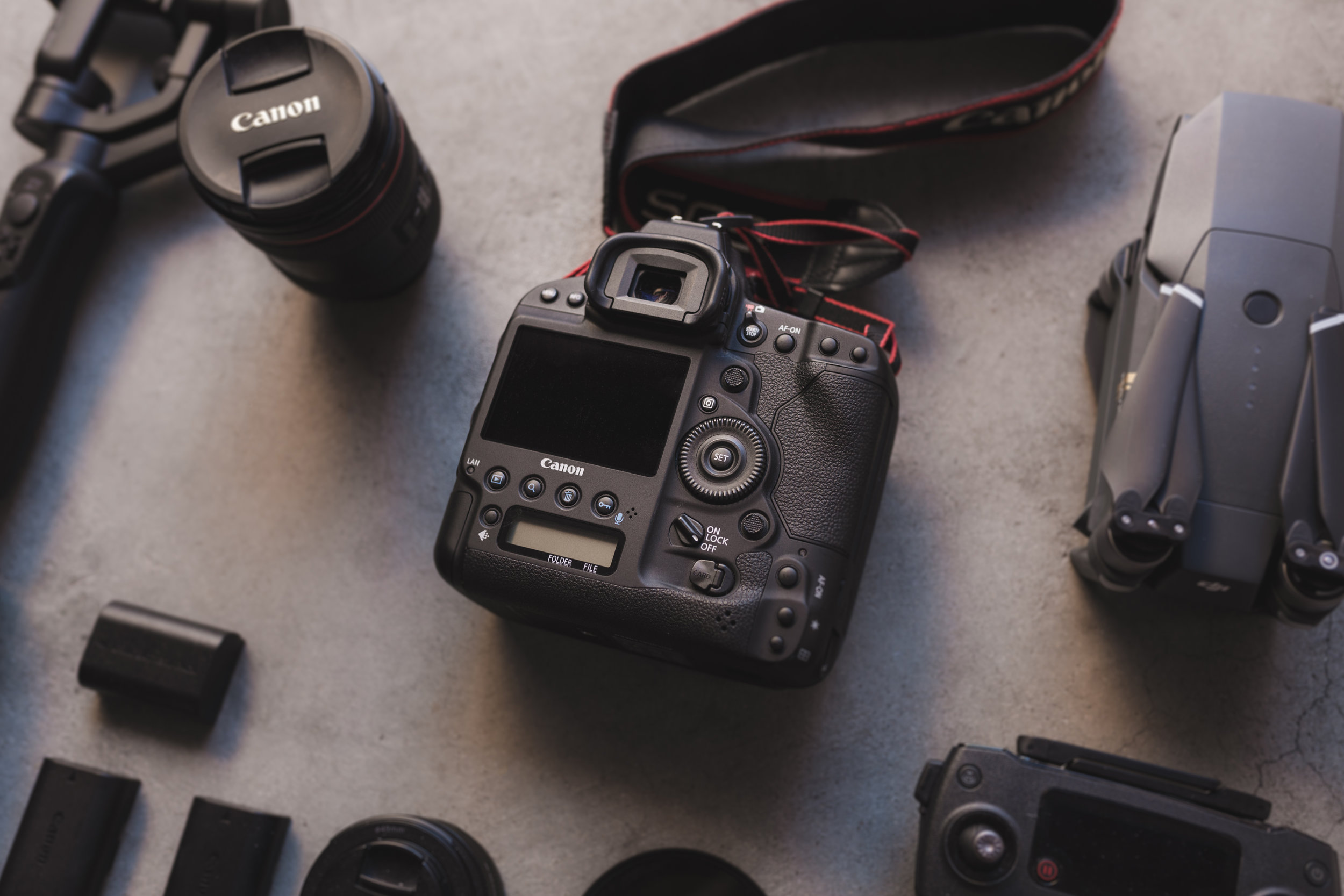
The build quality & design
Throw anything at the 1DX Mark II and it will eat it for lunch. If I had to compare the 1DX Mark II to something, I would compare it to a tank. Canon have always been known to build the most robust and reliable DSLRs on the market, and I feel the 1DX is definitely one of their best.
It's build quality and robustness just inspires confidence. If I were a war journalist, this is the camera I'd want with me.
An example of it's thoughtful design in that respect is how the memory card slot & battery latch works. I shoot with a 5D Mark III so I'm pretty familiar with how Canon cameras work, however I couldn't figure out how to open these slots! I actually had to google "how to open memory card slot on 1DX Mark II" lol. Not embarrassing at all...
Turns out it uses a twist and lock mechanism (see photos above). It just goes to show the level of design and built in redundancy to make sure it never fails you in the field.
The square shape of the camera is a bit jarring and awkward at first, but I got over it pretty quickly. I also really like the dual oriented shutter button design (there are two shutter buttons). This is especially handy these days as I shoot a lot of portrait oriented photos for social media.
Dual Pixel Autofocus
I have used many types of cameras, from many brands and Canon's dual pixel autofocus technology is by far my favourite. It is super quick, deadly accurate and to me, is the future of camera autofocus technology. For stills, it means you can trust it to shoot at wide apertures and be confident that your photos are in focus.
For videos, it is a game changer. The ability to be able to tap-to-focus whilst in live view, on a DSLR is unbelievably useful. Forget manual focus pulling. It is kind of hard going back to a camera that doesn't have this autofocus technology.
14 fps bust mode with full tracking. If you follow my Instagram stories, you probably would have seen how crazy fast it goes - it almost sounds like a machine gun. It can handle 14 frames per second with full tracking in RAW! Live view shooting speed actually increases to 16 fps, which is baffling to me coming from the older generation of Canon DSLRs.
Touchscreen
Touchscreen technology on cameras is another game changer. It is just so intuitive, and given that even your grandmother can intuitively use a smartphone, touchscreens on cameras just makes sense!
Why it has taken camera companies this long to implement it is baffling to me, but I'm glad Canon are ahead of the curve. Navigating menus, tap-to-focus, pinching and zooming, photo & video playback are all possible with a touchscreen!
Astrophotography & touchscreens are a match made in heaven. No longer do you have to fumble in the dark to press buttons when you're trying to manual focus the stars! With a touchscreen you simply just tap the screen to magnify and zoom in on stars so you can get a crispy starscape!
ISO (low light) performance & Dynamic range
Lowlight (high ISO) shooting with the 1DX Mark II is such a pleasure. It handles ISO 6400 with ease, and even ISO 12800 can be easily salvaged with some light noise reduction in post. This is important to me because I hate shooting with tripods and avoid it whenever I can. I even managed to shoot an apparel campaign at night all handheld at ISO 6400. The images are clean and crisp (see above).
*in frame: @kattgao, @nutellasum, @lucys9, @hotherside
Battery life
Admittedly, I was a little worried when Canon only sent me one battery. The campaign I was on involved a road trip and a lot of mountainous hikes where I'd be in trouble if my one and only battery died. The campaign also involved shooting a lot of 4K video filming which is a challenge for any camera's battery.
I'm relieved to say that I never needed more than one battery per day.
Most days I'd only ever get through half of the battery. The days which involved heavier video work, I'd end the day with 1/4 battery remaining still. I think it'd be more likely that I'd run out of memory on the CFast cards (128GB) before the battery would deplete.
I'd recommend owning two batteries as this would be the most practical (These batteries are relatively expensive - $249.00). Of course you'd have to charge after each day but that's not too inconvenient. The standard charger that comes with the 1DX is also a dual slot charger which works out perfectly.
Video (4K@60fps & 1080@120fps)
The video quality is superb and there aren't many cameras out there that can shoot 4K @ 60FPS with an acceptable crop factor (1.4x). Paired with the amazing dual pixel autofocus system and the touchscreen, the only thing it is really missing is a flip screen. I wouldn't expect a flip screen on this kind of camera though as it would be too big a liability on a camera that is designed to be so robust.
That said, one of the biggest gripes of this camera is the outdated 4K codec (MJPEG). This codec is old and the files it outputs are impractically large. This might be fine if you're shooting an expensive feature film, but it is pretty impractical for any other use.
4K @ 60FPS generates approximately 5.7GB per minute of footage / 171GB per 30 mins
4K @24FPS generates approximately 3.5GB per minute of footage / 105GB for 30 mins
Every night, I'd offload footage and it would take forever. I'd fall asleep multiple times waiting for it to finish offloading. As I was on a commercial shoot, it was crucial that I'd successfully offloaded and backed up my files each and every night.
This issue leads onto my next point:
Memory / Storage
Due to the large file sizes that the 1DX generates, it requires the new CFast memory cards to operate. These cards are great, and they definitely are the future of camera memory, but at this stage they are still quite expensive.
At the time of writing:
64GB costs $591.00
128GB costs $829.00
256GB costs $1249.00
512GB costs $1744.00
I had two 128GB CFast cards which was a good amount to last through a day of moderate shooting & filming. I'd probably recommend getting one 256GB card and a spare 128GB card to start as that would get you through most scenarios.
Another side effect of the file size beyond the two just mentioned, is that you'll need lots of hard drive storage to archive and backup your files. To give you an idea, after 5 days on the road shooting professionally, I racked up about 1.4TB of photos and footage. Imagine the amount of storage you'd require after a full year of shooting. Playback and editing these huge files also require a top of the line (expensive) computer.
Of course a logical solution to this is to be more selective about which video mode to shoot in - lower fps or maybe even 1080p. Given that we're headed towards a 4K future, I feel it is a bit unnecessary to have to constantly decide.
PRICE
Make no mistake, the 1DX Mark II is an expensive DSLR ($8,699.00) - and that's ok. You've reached for the top shelf camera so you should expect to pay it's worth. I genuinely believe that the price is justified with the DSLR. The quality and reliability it brings to your professional work or business is priceless and you will definitely make your money back in no time.
form factor
The form factor is probably one of my biggest issues with the camera. At no fault to the camera design itself, it is purely a clash with my use cases and lifestyle. It is just to big and heavy for my needs. I hiked with it on Mt. Kosciusko for two hours to the Blue Lake with the rest of my gear and it was just far too big and heavy. My back was wrecked by the time I got back to the hotel.
The Canon 1DX Mark II is a serious camera for a serious photographer. It's larger form factor dictates that If you're going to take it out with you, you better be sure you're going to use it. I thought I would either get over it or get used to it, but it still made me think twice every time I went to load my camera bag up.
It's weight and size will probably deter you from using it in a more casual sense - aka taking it to casual events to take photos of friends and food.
On the plus side, it will diffuse the old trope where clients refuse to take you seriously if you show up with anything smaller than DSLR. Something tells me that won't happen with the 1DX Mark II, heck, it'd even demand more respect amongst the other photographers on set.
Wishlist
There are a few small things missing from the 1DX Mark II and a lot of other Canon DSLRs that could be easily implemented through a simple firmware update. Please Canon, it is 2017. The future is now. Give us focus peaking and a built in intervalometer / time-lapse feature.
the verdict
A serious camera for a serious photographer
It all comes down to the question - would I buy it? I'd say yes in a heart beat if I were in the financial position to do so. Unfortunately for me, it's still something that I'll have to work towards. It specs sheet is everything I'd want out of a camera, however it's form factor means I'd definitely need a secondary body - say a back up Canon 5D Mark IV on the side. Nevertheless it was such a pleasure shooting with such a beast camera, and yes, it did in fact live up to the hype.
Come follow me on Instagram @itchban
TL;DR
CONS
Expensive (but worth it)
Large & heavy form factor
4K codec (MJPEG) outputs very large files
PROS
Tough, robust, reliable build quality.
Amazing dual pixel autofocus system.
Touchscreen.
Great lowlight, high ISO performance
Crazy fast & accurate high speed burst mode (14fps)
Great quality video & 4K 60fps
Rad battery life.

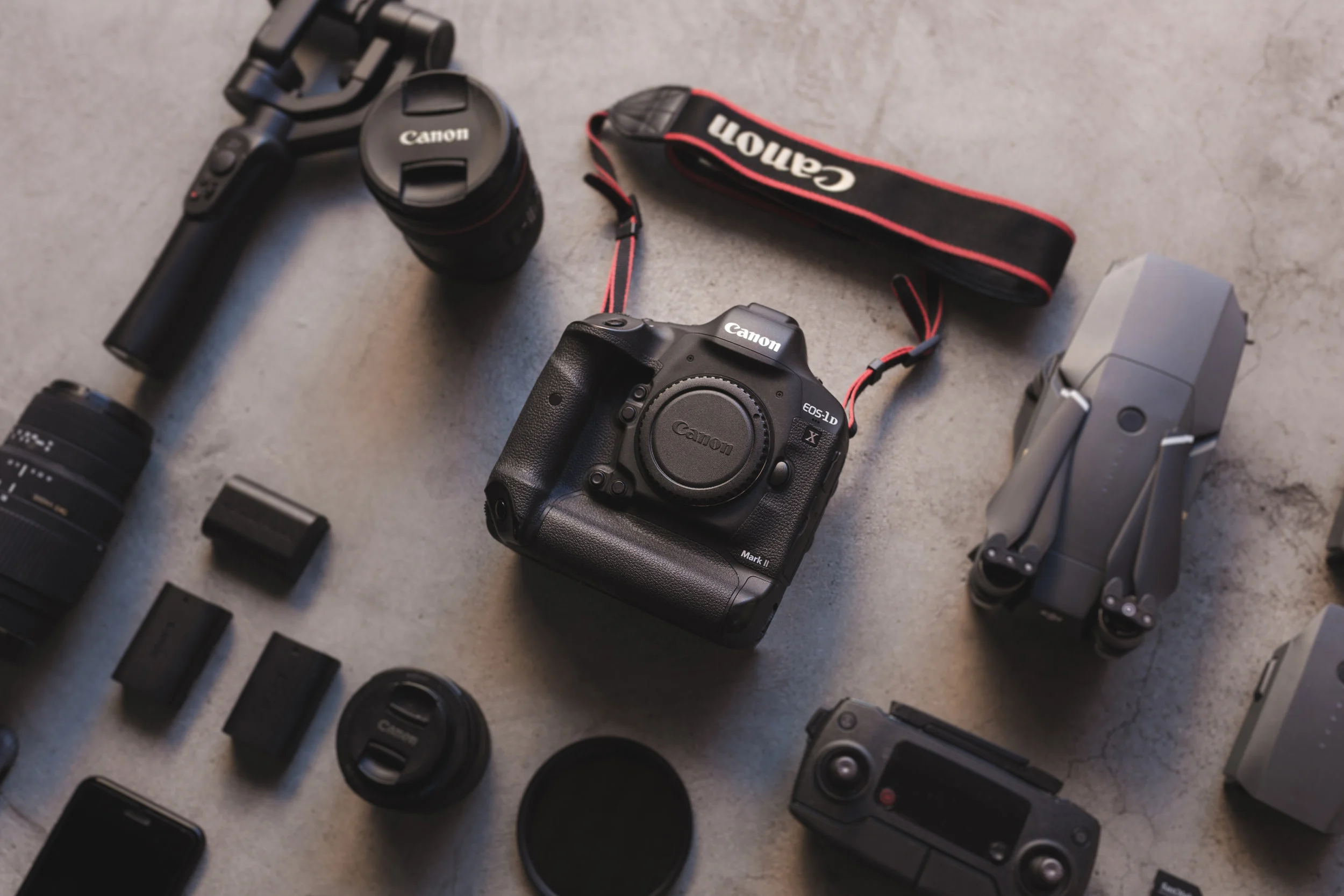

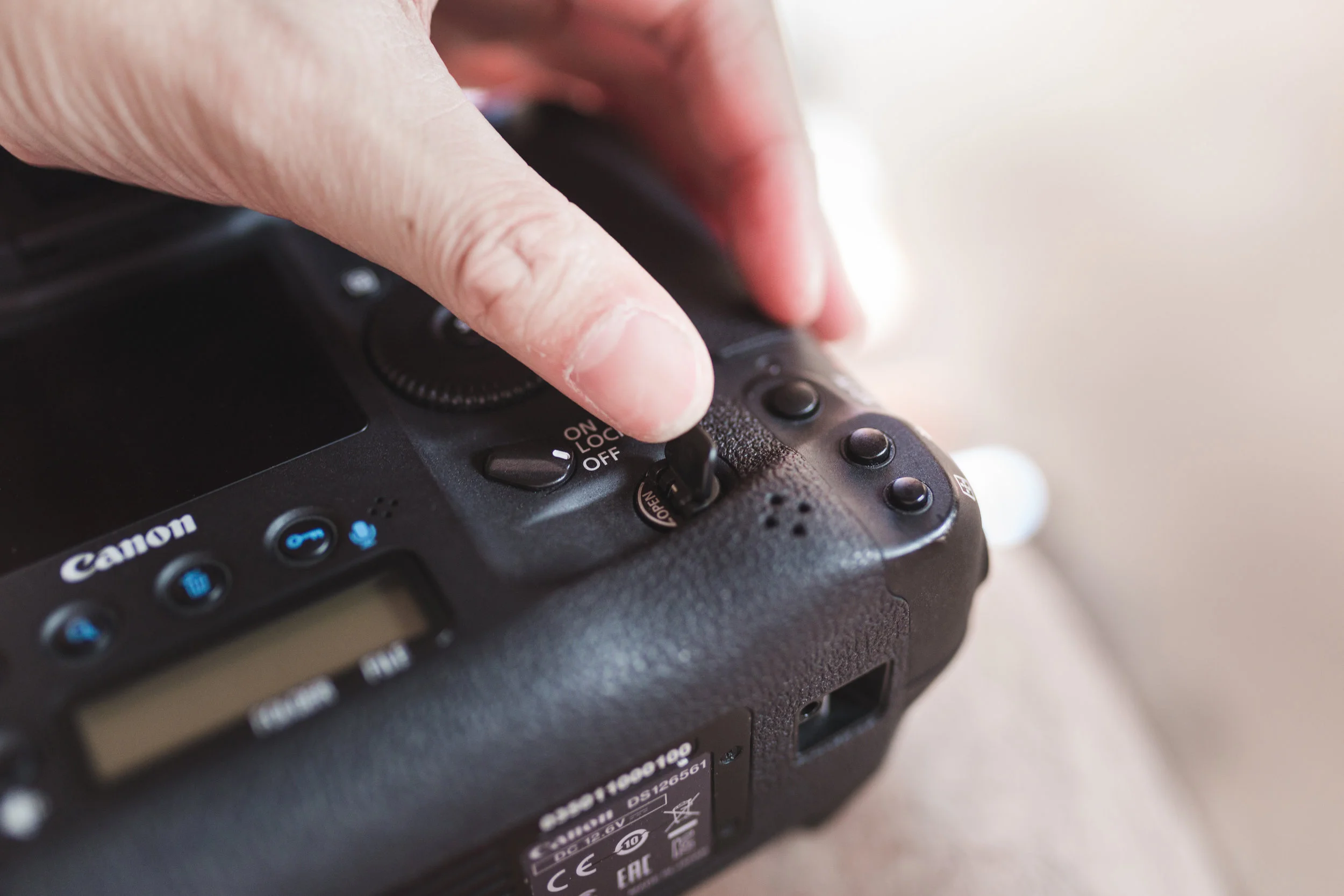
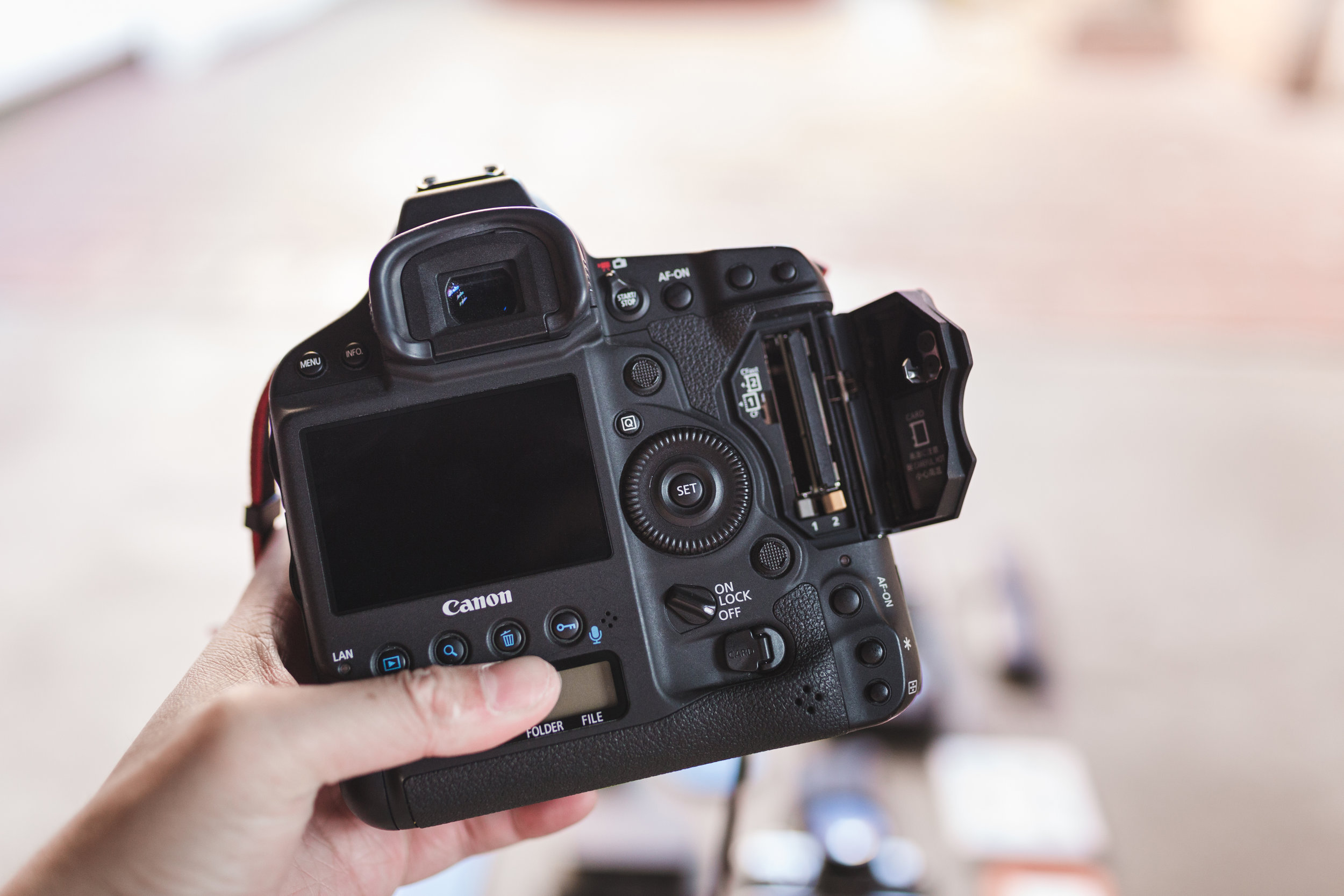
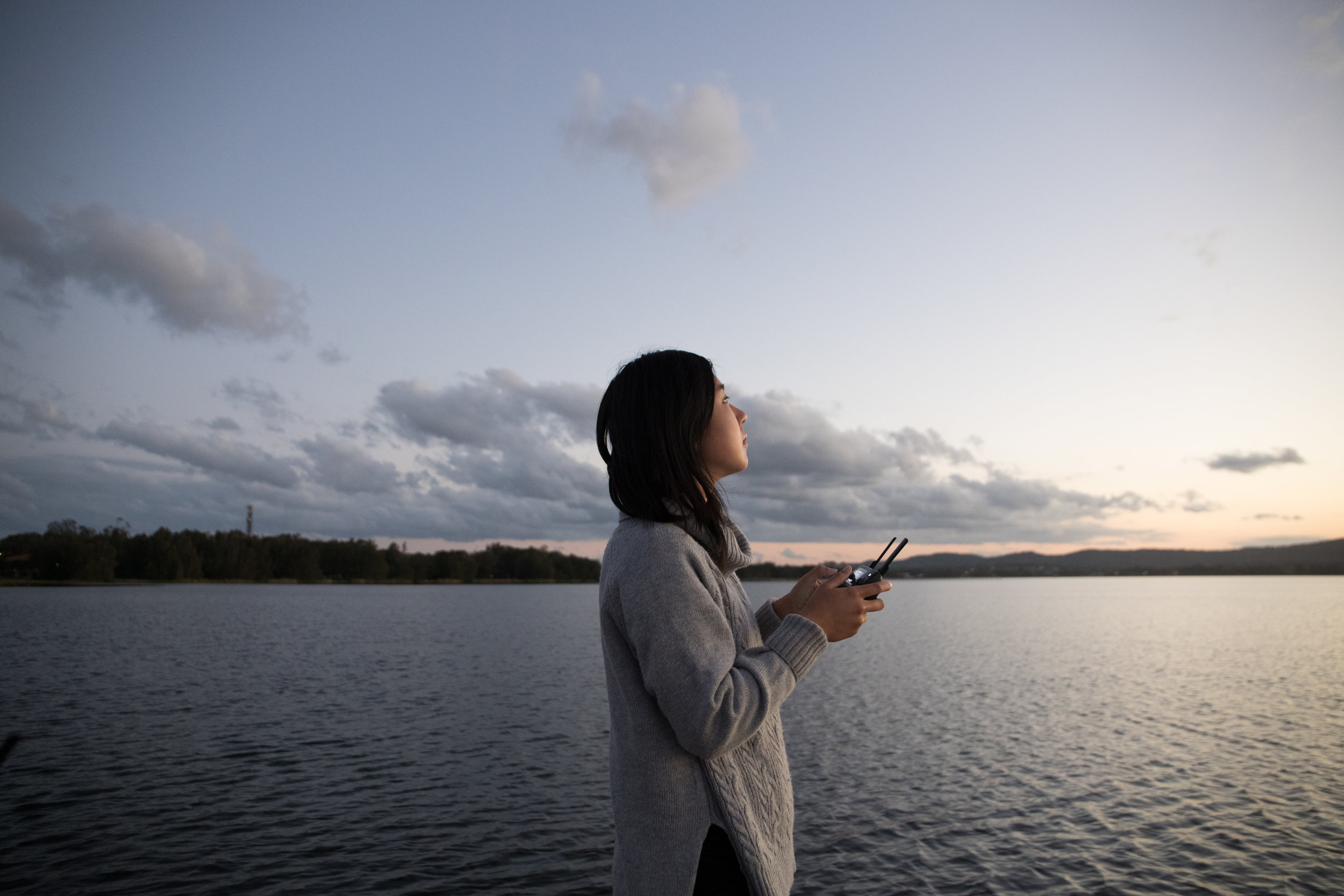
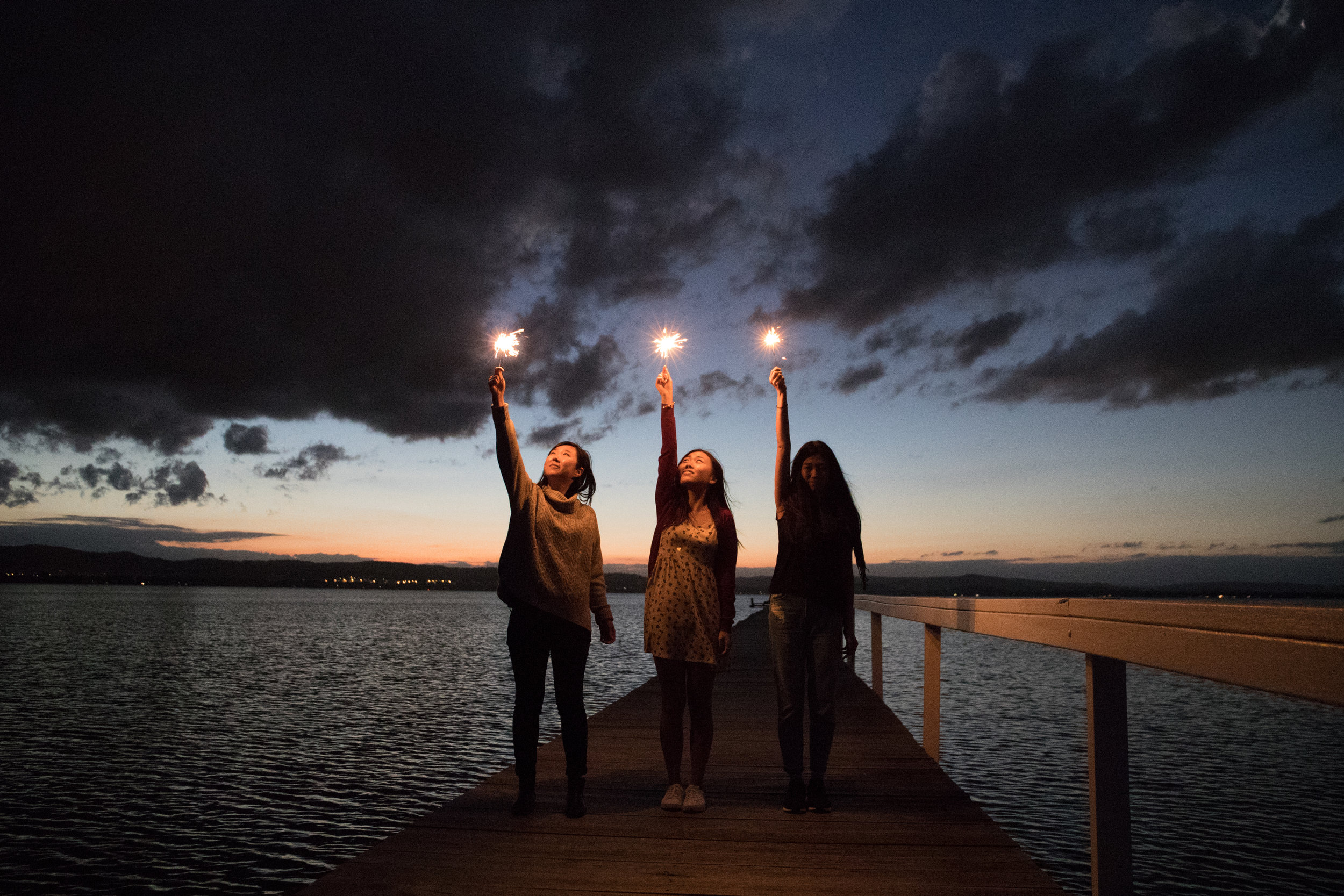

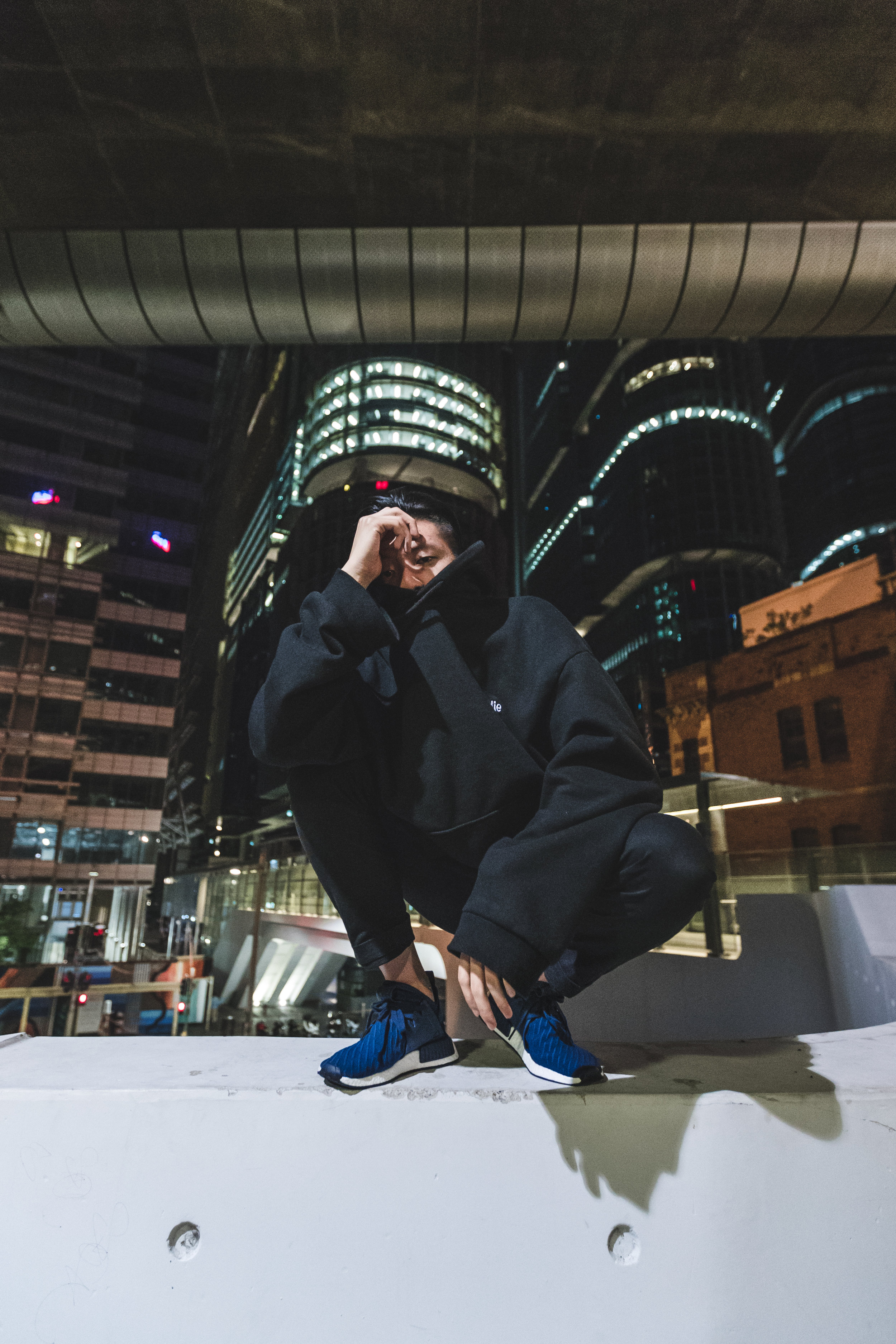

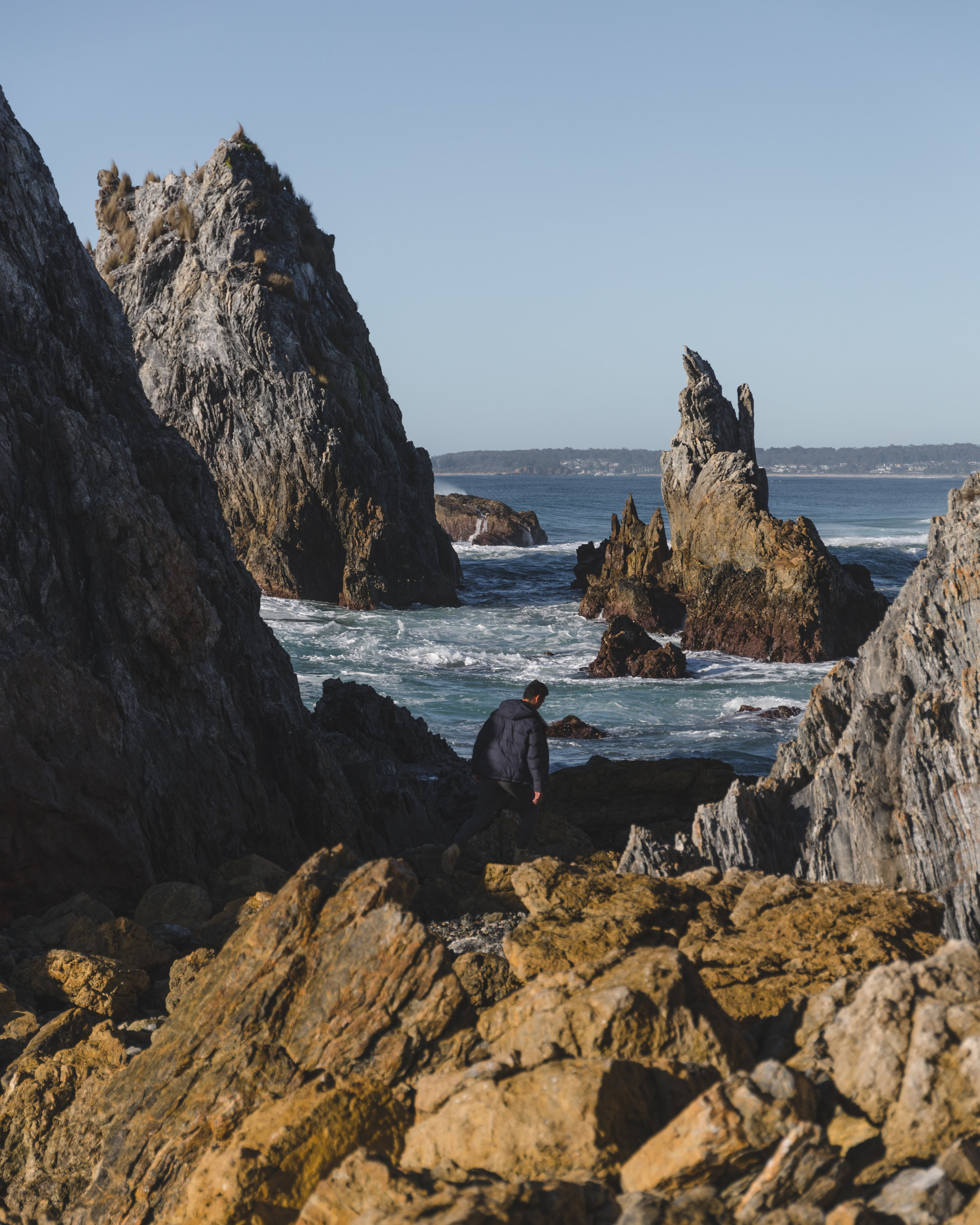
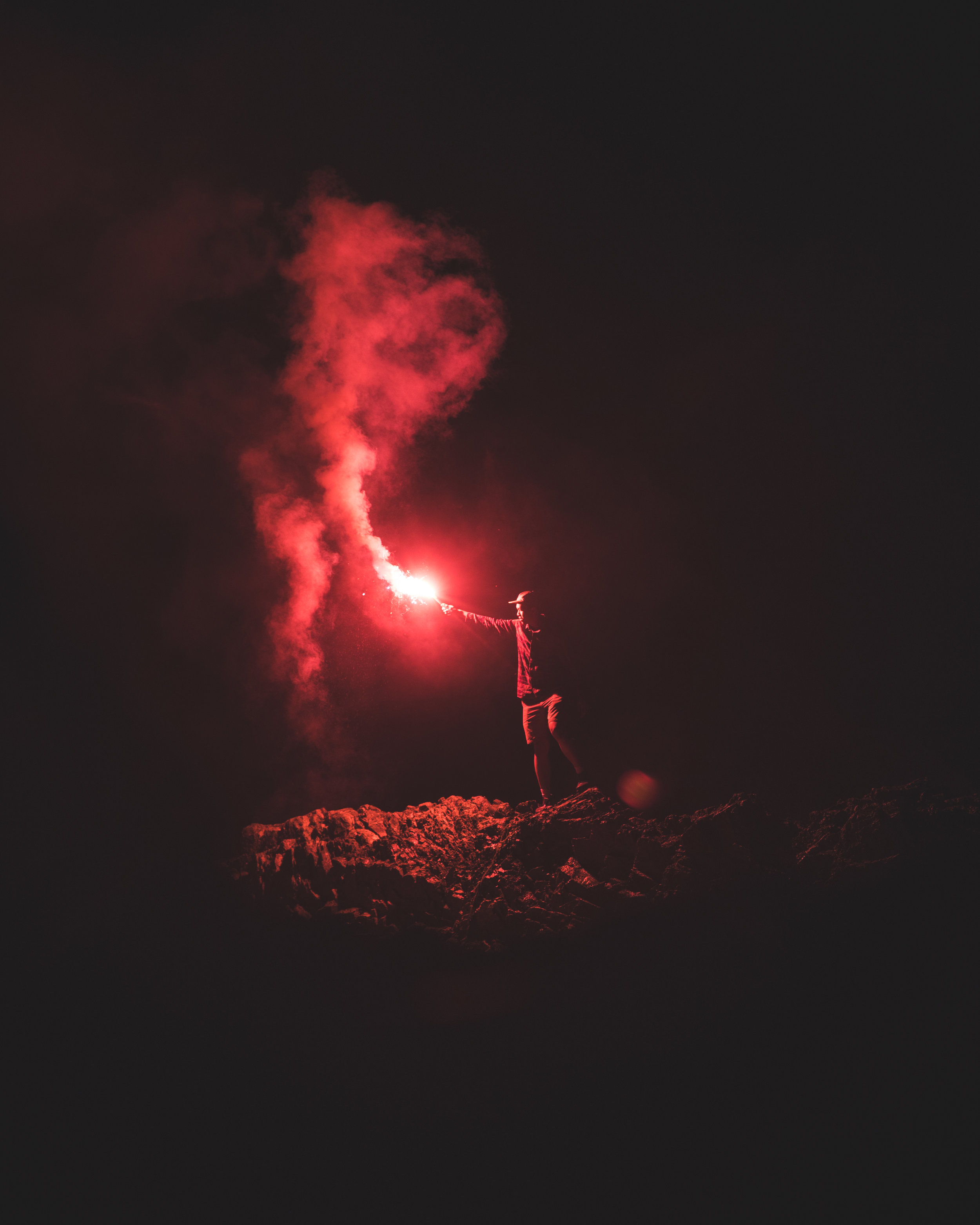
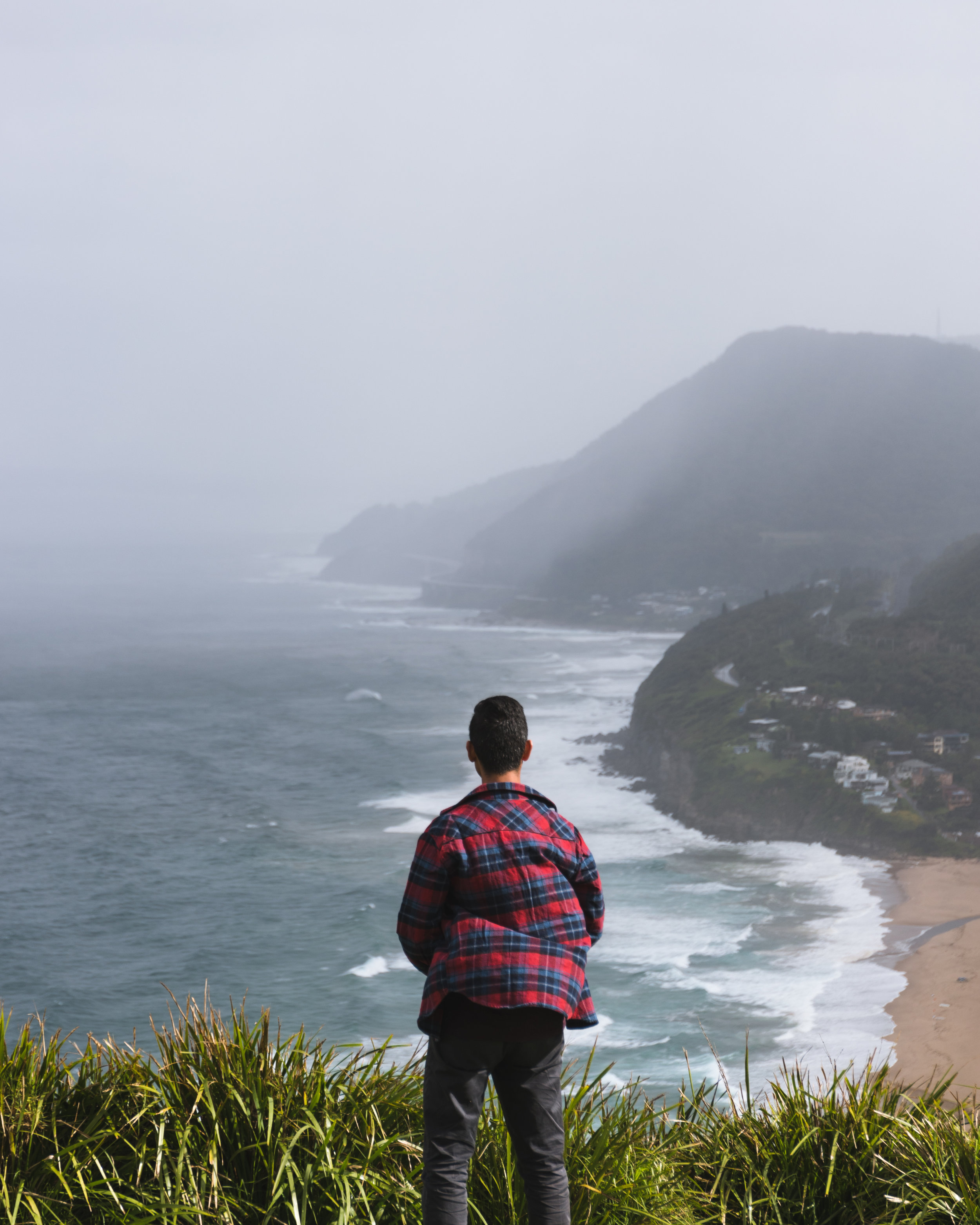
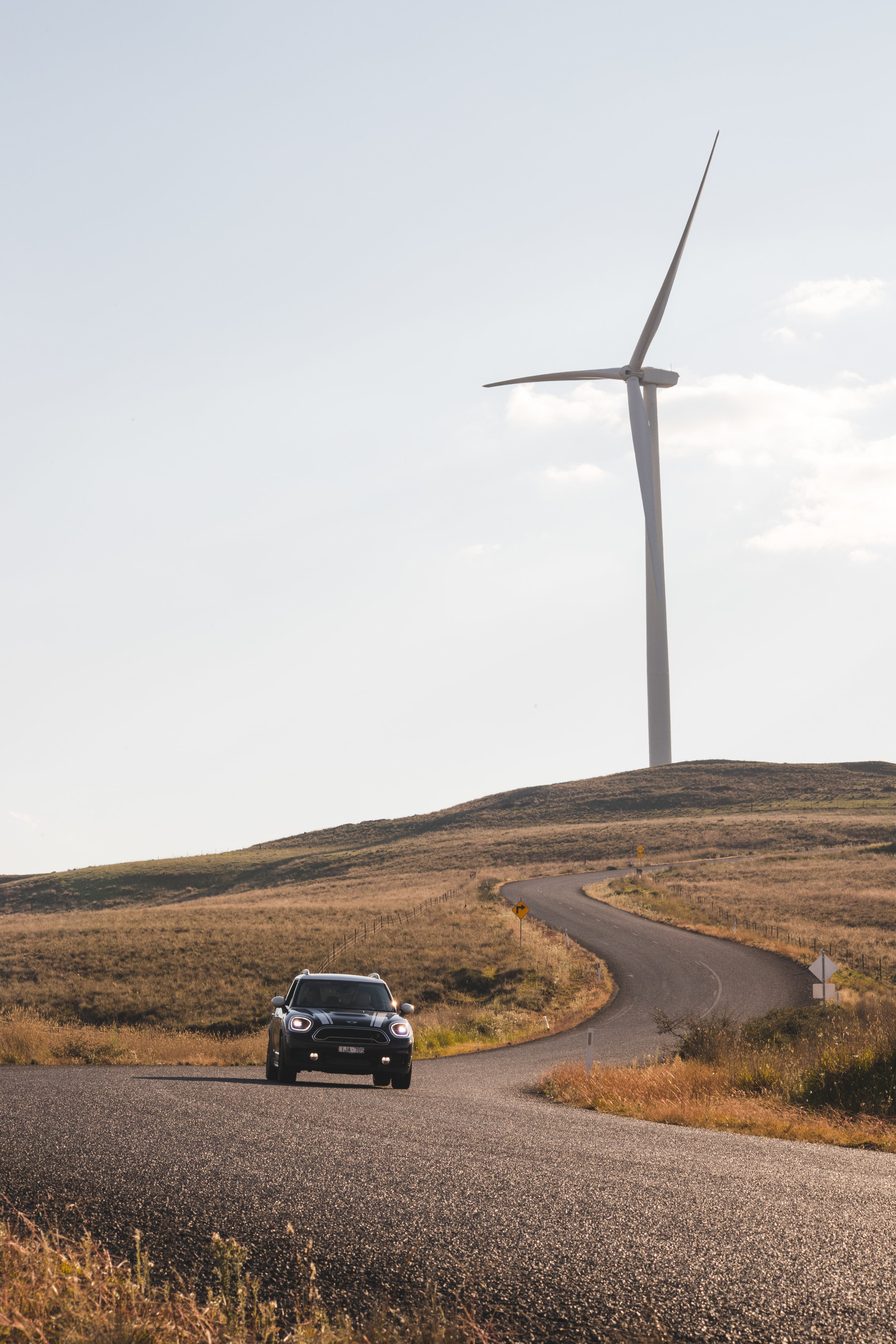
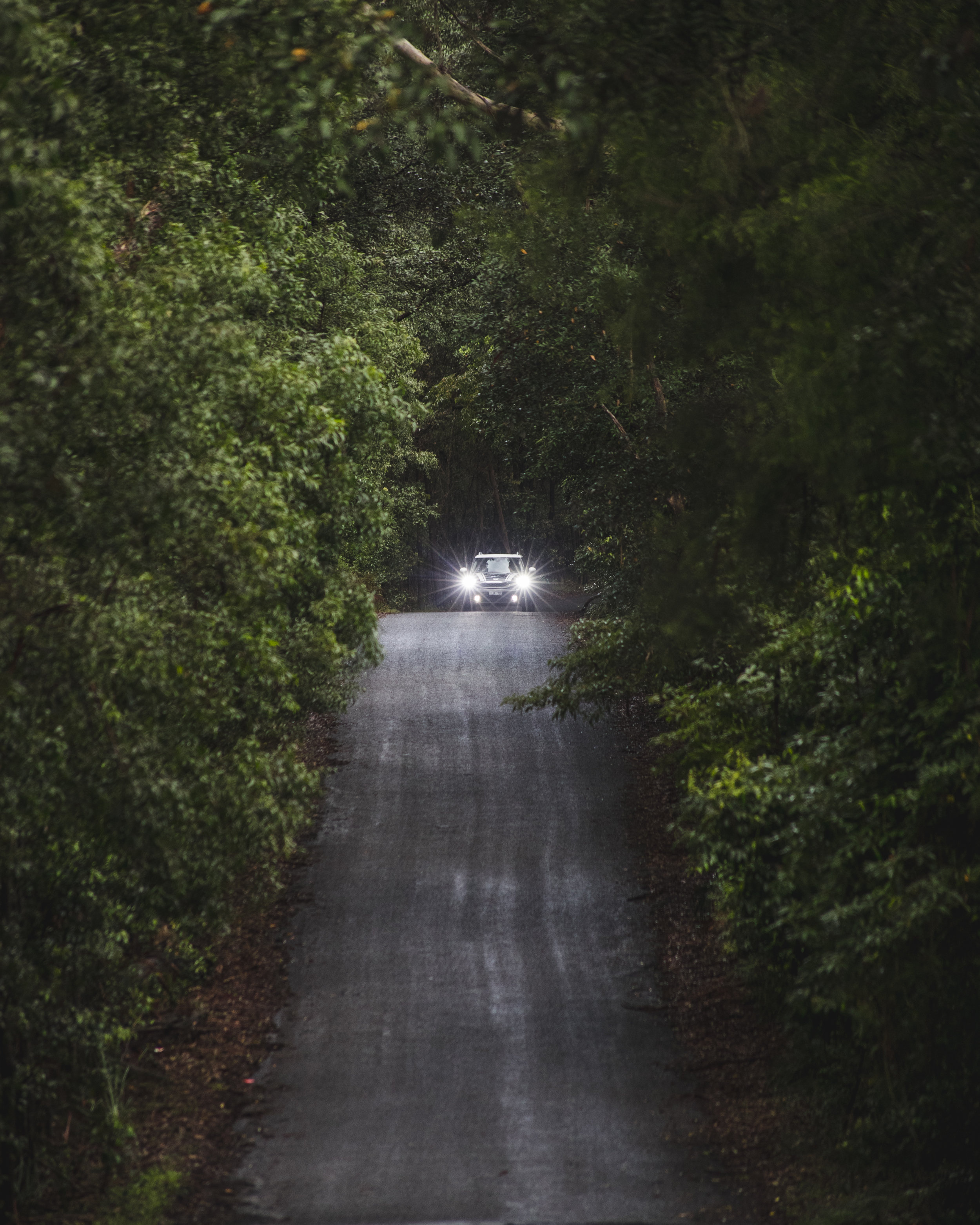
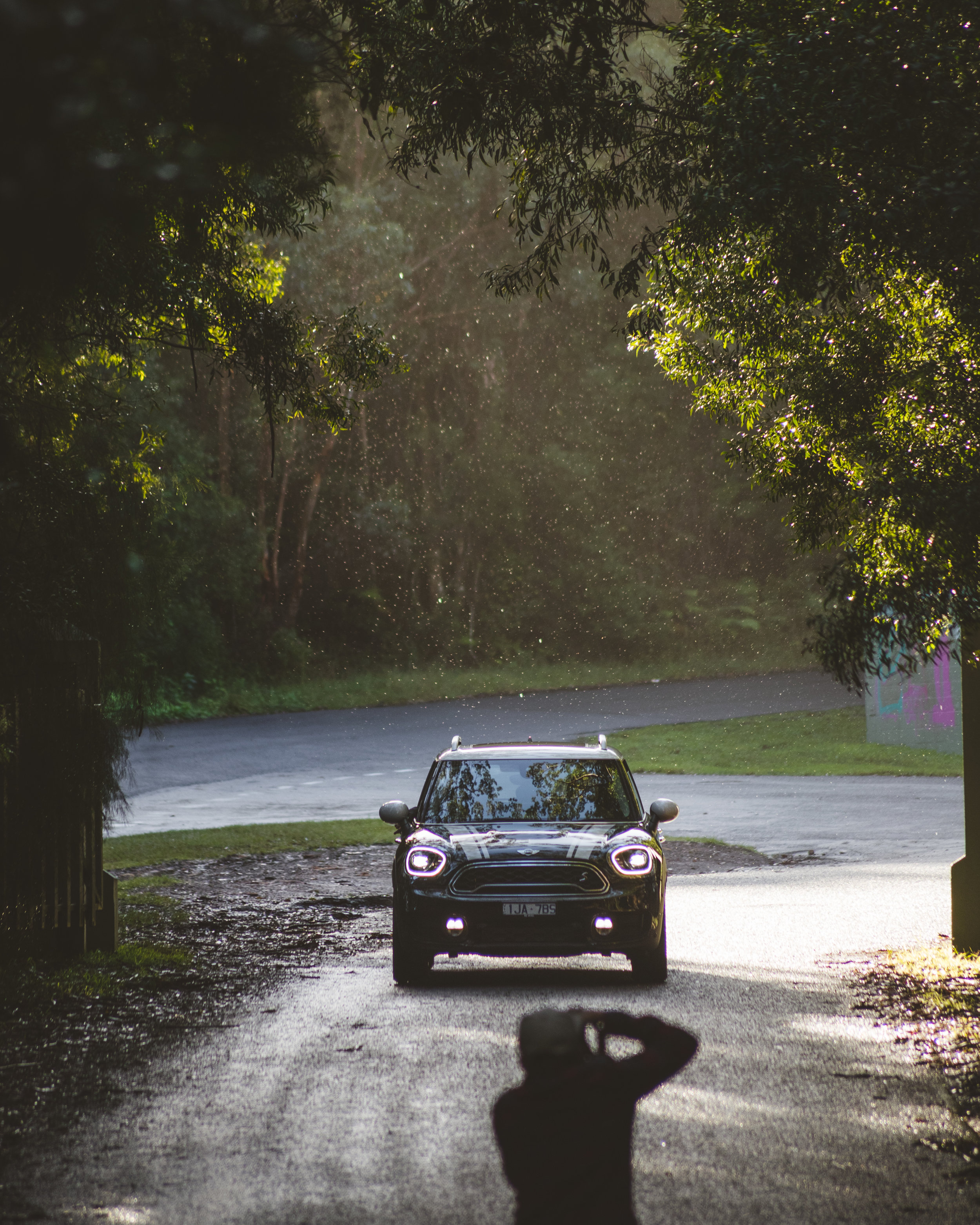






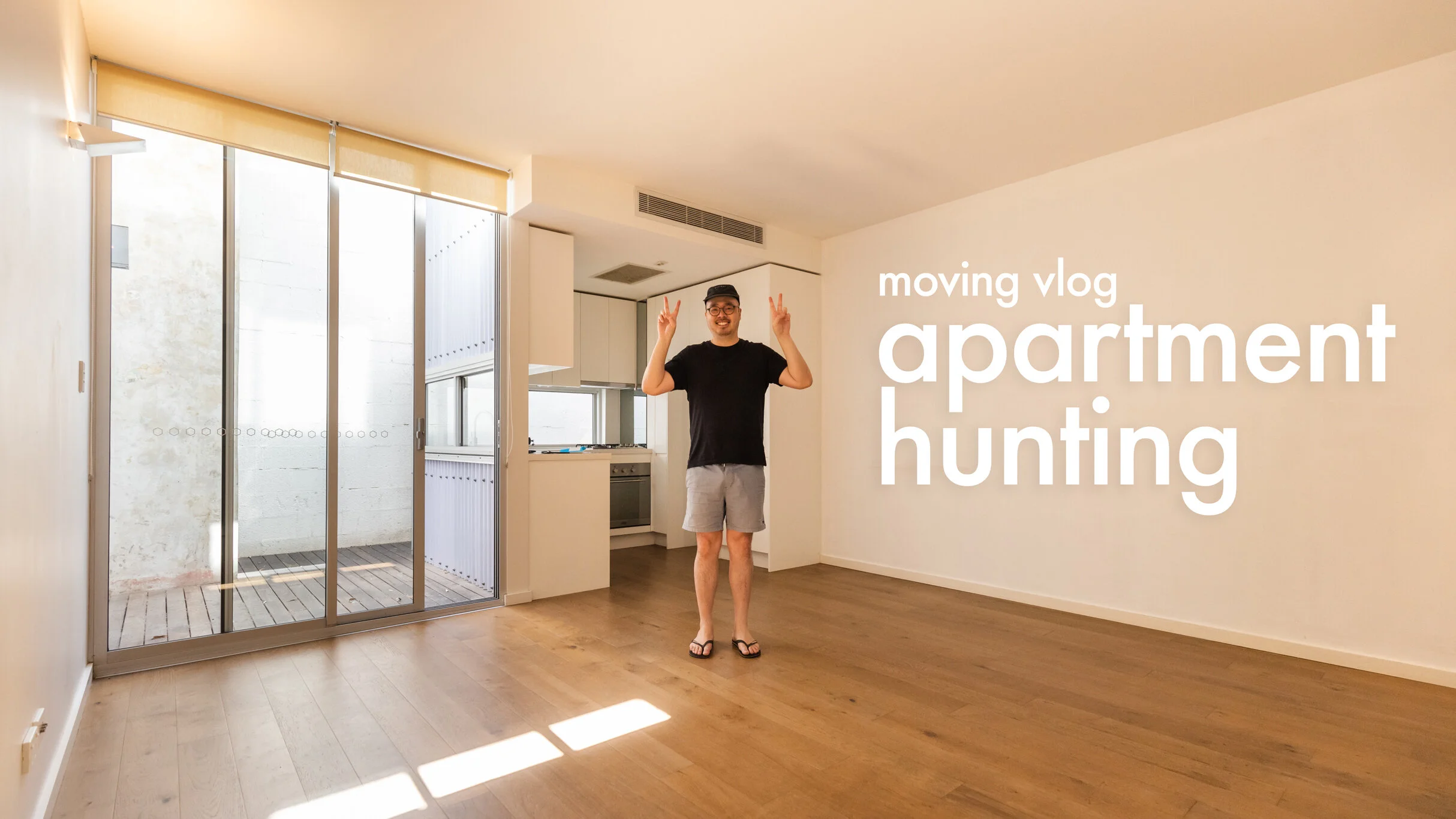

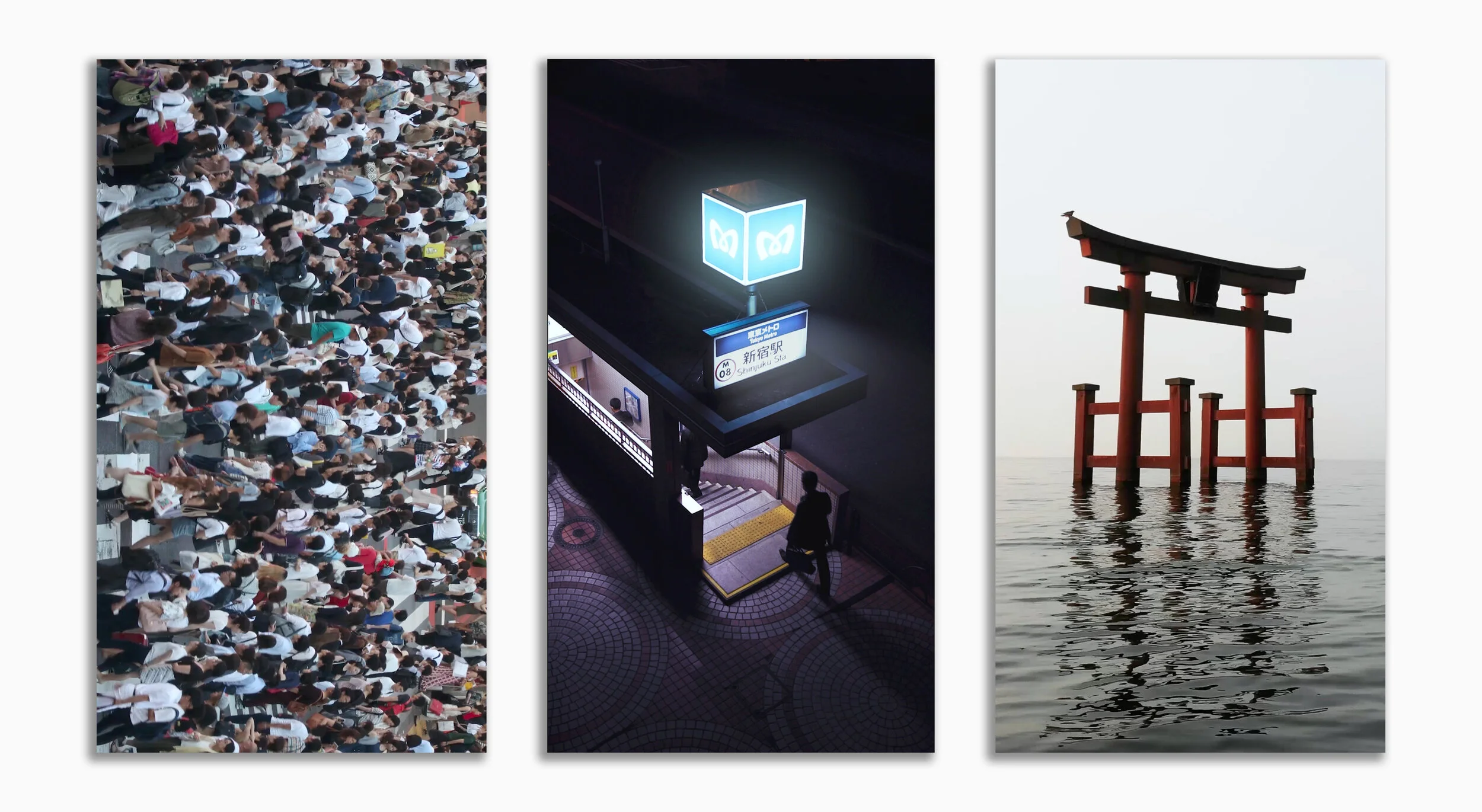

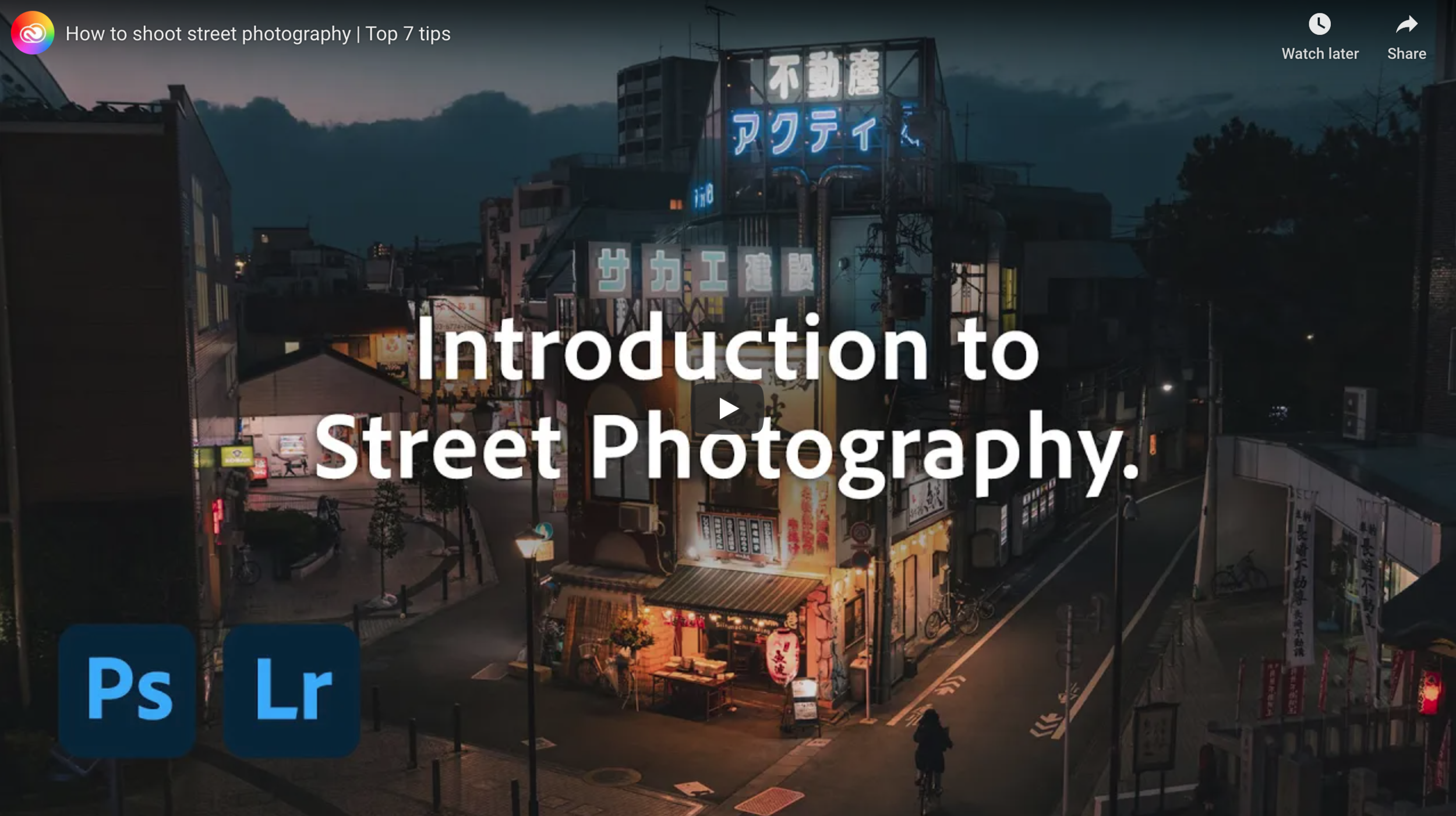
hi friends!
Thanks for dropping by. Here are the promised photo samples from the brand new Samsung Galaxy S24 Ultra. Huge thanks to Samsung Australia for getting this phone to be a week early so I could test it before everyone else.